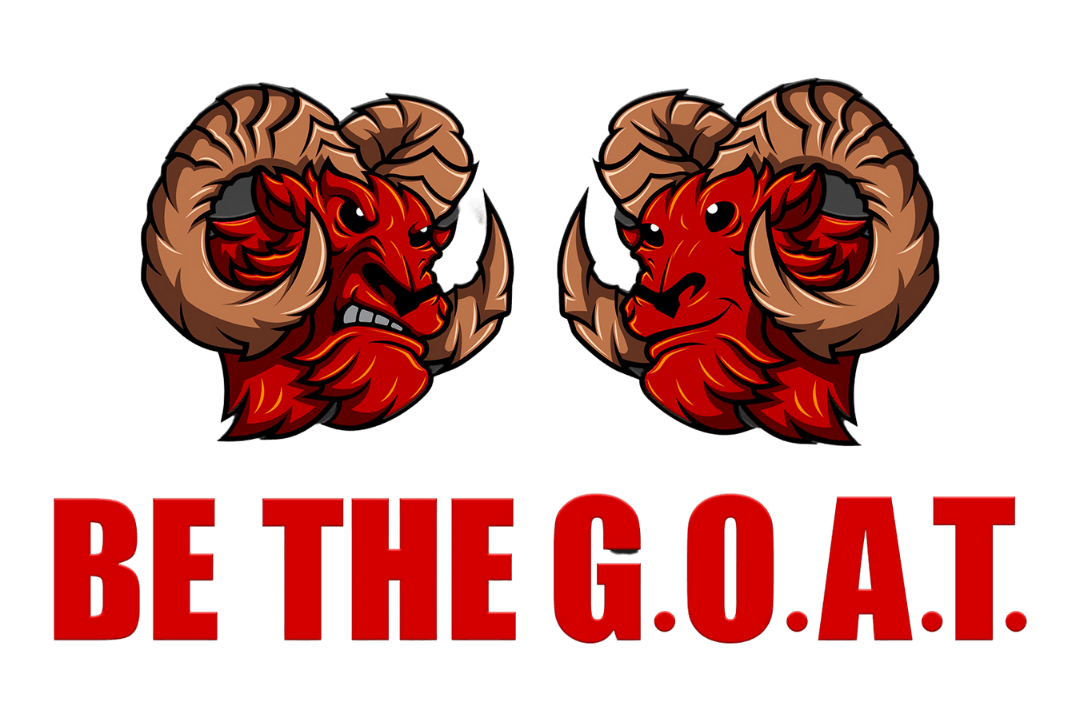Strategic Decision-Making: How to Analyse, Plan and Execute for Long-Term Success
We don't always know what the right decision is.

Strategic decision-making plays a vital role in the long-term success of organisations. By analysing, planning and executing effective strategies, businesses can adapt to new challenges, seize opportunities and stay ahead of the competition. Let's explore the key aspects of strategic decision-making and provides practical insights into analysing, planning and executing strategies for long-term success.
The Importance of Strategic Decision-Making
Strategic decision-making is the process of making informed choices that align with an organisation's long-term goals and objectives. It involves analysing internal and external factors, understanding market trends and evaluating potential risks and opportunities. Committing to a strategic plan ensures that all decision-makers and teams are aligned, creating a shared understanding of the larger strategic goals.
Organisations that prioritise strategic decision-making are better equipped to navigate uncertainties and adapt to changing business landscapes. It allows them to make proactive decisions, allocate resources effectively and seize competitive advantages. By taking a long-term perspective, companies can foster innovation, foster growth and achieve sustainable success.
Understanding Strategic Analysis
Strategic analysis is the foundation of effective decision-making. It involves assessing an organisation's internal capabilities, as well as the external environment, to identify strengths, weaknesses, opportunities and threats. This analysis provides valuable insights that inform the decision-making process.
To conduct strategic analysis, organisations employ various methods and tools such as SWOT analysis, PESTEL analysis, and Porter's Five Forces analysis. These techniques help identify market trends, assess competitor strategies and evaluate the organization's position in the industry. By gaining a comprehensive understanding of the business landscape, decision-makers can make informed choices that drive long-term success.
The Process of Strategic Decision-Making
Strategic decision-making involves a systematic process that ensures thoughtful evaluation and selection of the best possible solutions. The following steps outline a general framework for strategic decision-making:
Step 1: Define the Problem
Clearly articulate the problem or challenge that needs to be addressed. This step sets the foundation for the decision-making process.
Step 2: Gather Information
Collect relevant data and information related to the problem. This may involve market research, analysing internal data and seeking external expertise.
Step 3: Generate Alternative Solutions
Brainstorm and generate a range of possible solutions to address the problem. Encourage diverse perspectives and explore creative ideas.
Step 4: Evaluate and Select the Best Solution
Evaluate each alternative solution based on predefined criteria and select the one that aligns best with the organisation's goals and values.
Step 5: Implement the Chosen Solution
Develop a detailed action plan for implementing the chosen solution. Allocate necessary resources, define responsibilities and set timelines.
Step 6: Monitor and Adjust
Regularly monitor the implementation progress and evaluate the outcomes. Make adjustments as needed to ensure the solution is effective and aligned with the organisation's goals.
Tools and Techniques for Strategic Decision-Making
Several tools and techniques can enhance the strategic decision-making process. Here are some commonly used methods:
SWOT Analysis
SWOT analysis (Strengths, Weaknesses, Opportunities, Threats) helps identify internal strengths and weaknesses, as well as external opportunities and threats. It provides a comprehensive overview of the organisation's position in the market and helps identify areas for improvement.
Decision Trees
Decision trees visually represent decision options and potential outcomes. They help decision-makers evaluate the consequences of different choices and make informed decisions based on probabilities and expected values.
Scenario Planning
Scenario planning involves developing multiple hypothetical scenarios to anticipate and prepare for potential future events. It helps decision-makers develop strategies that are resilient to uncertainties and changes in the business environment.
Cost-Benefit Analysis
Cost-benefit analysis compares the costs of implementing a solution with the benefits it is expected to deliver. It helps quantify the value and potential return on investment, enabling decision-makers to prioritise resources effectively.
The Role of Vision, Values and Long-Term Goals
To ensure strategic decision-making leads to long-term success, organisations must establish a clear vision, define core values, and set achievable long-term goals. The vision statement clarifies how the strategic plan aligns with the company's long-term vision. Core values guide decision-makers toward what matters most to the company, helping them make choices that are consistent with the organisation's principles. Long-term goals provide a roadmap for tracking progress and ensuring alignment with the desired future state.
Strategic Execution and Continuous Improvement
Strategic decision-making is not limited to planning but also involves effective execution and continuous improvement. Once a strategy is implemented, organisations need to monitor its progress, measure results and make necessary adjustments. Regular performance reviews and feedback loops help identify areas of improvement, optimise strategies and drive long-term success.
Strategic decision-making is a critical process that drives long-term success in organisations. By analysing, planning and executing strategies effectively, businesses can adapt to new challenges, seize opportunities and achieve sustainable growth. Understanding the process, employing relevant tools and aligning decisions with the organisation's vision and values are key elements in achieving strategic success.
We’re offering a taster for our ‘Be The GOAT’ of sales skills course! Click HERE to learn more about the course that's changing sales professionals almost over night by using sills objectives to achieve a higher level of results!










